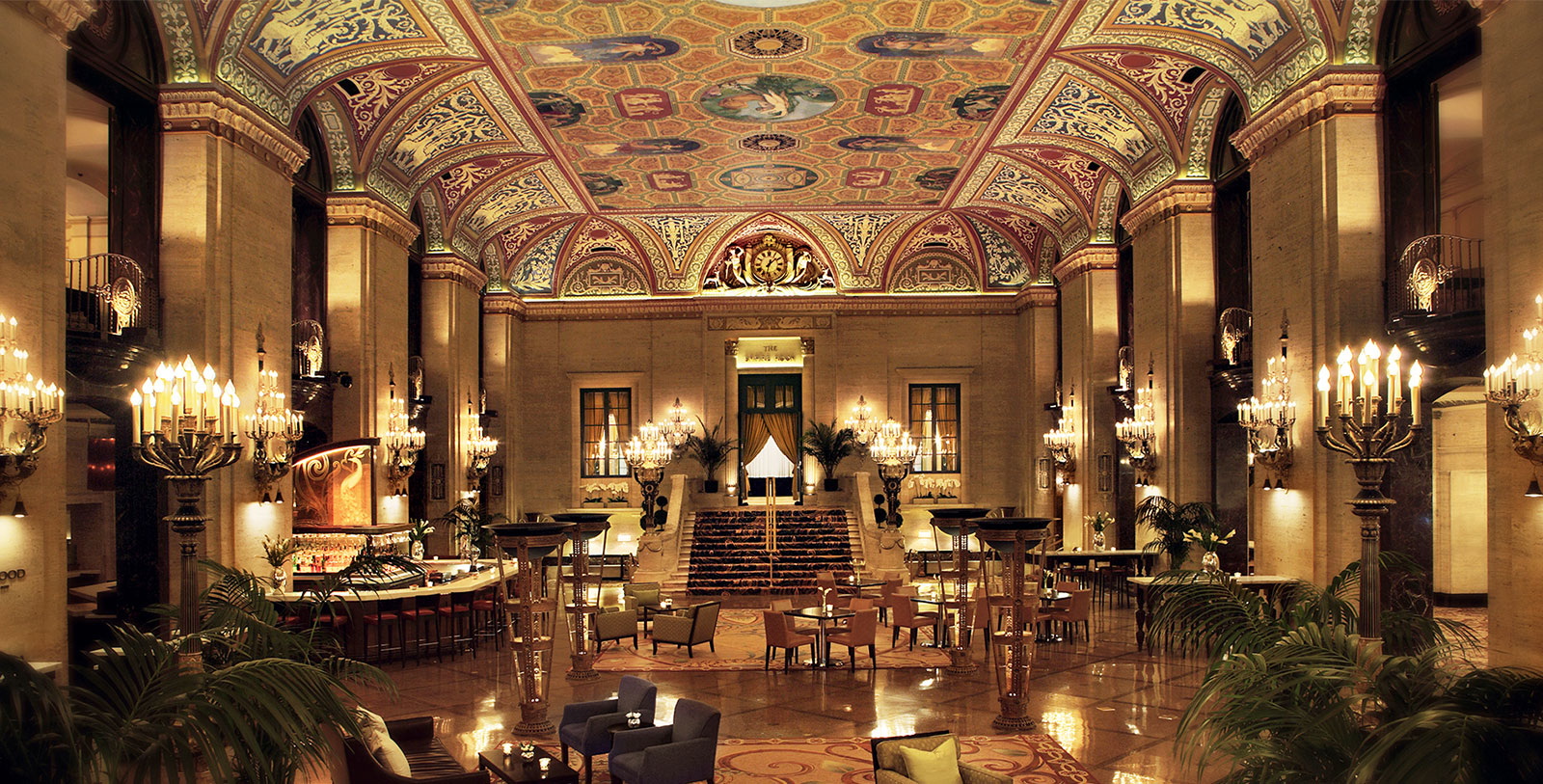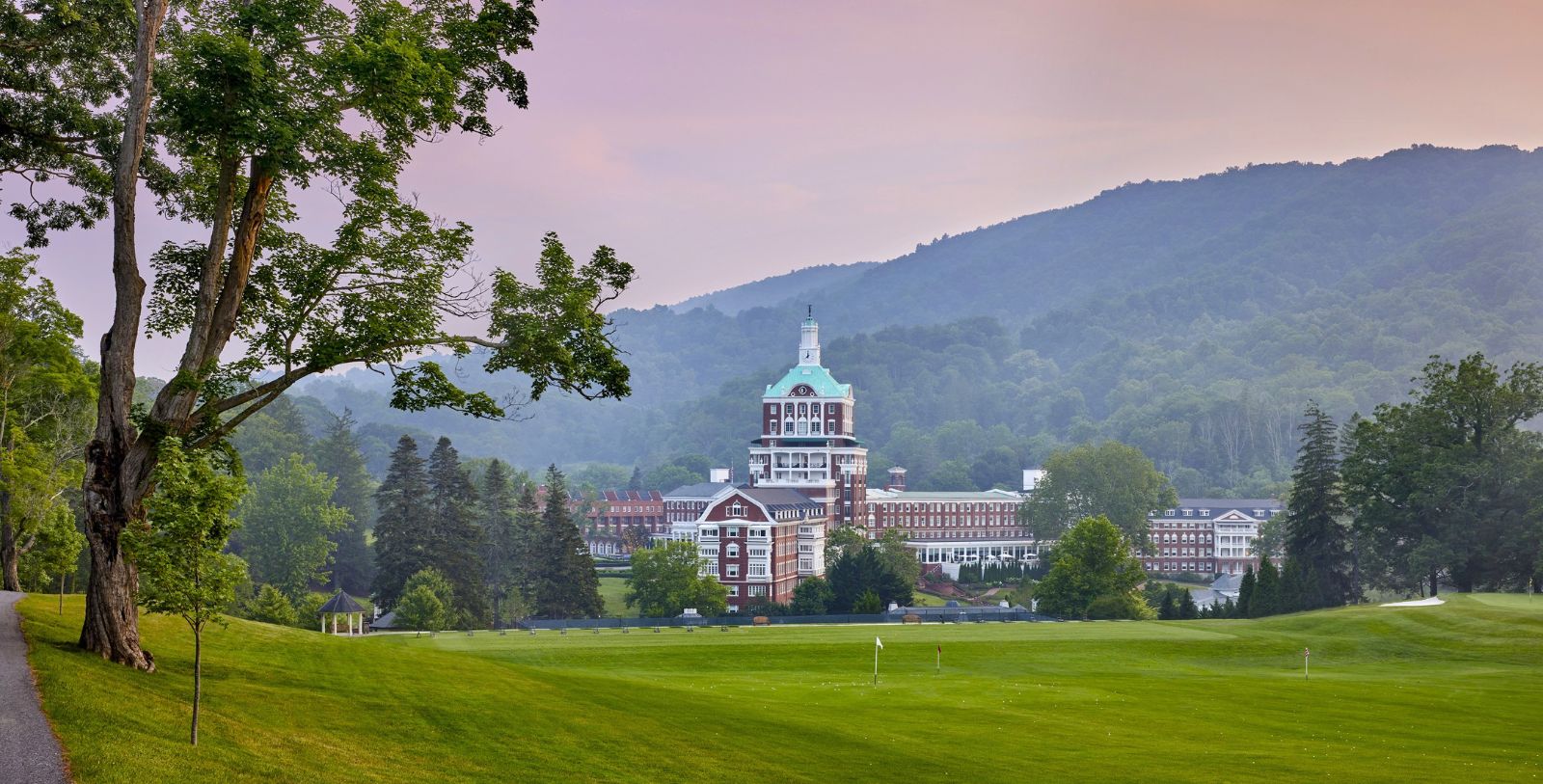An artist colony and Arkansas’ most-talked-about tourist town, little Eureka Springs is one of America’s truly distinctive destinations. There’s really no place quite like it.
Here in this turn-of-the-20th century Victorian village, cliff-clinging cottages appear to be stacked one on top of another. Crooked streets wind higgledly-piggledy through town, meeting at right angles only once. In some cases, steep stairways substitute for sidewalks, giving Eureka Springs the nickname “Stairstep Town.” The entire downtown is listed on the National Register of Historic Places.
Downtown’s limestone and brick buildings, dating from the late 1800s and early 1900s, house specialty shops purveying everything from jewelry and kitchen gadgets to novelty socks and pajamas. Eureka’s Nut House features freshly roasted and glazed nuts. You’ll find barrels of pistachios in flavors like chili lime, lemon and jalapeno, and 12 flavors of roasted corn nuggets. The store also offers bottles of funky craft sodas (peanut butter or lemon meringue, anyone?). There are no chain stores downtown. Eureka Springs also abounds with antique shops.
Art and crafts galleries are part of the commercial scene as well. (It’s said that the town of 2,278 people is home to some 300 artists and musicians.) Examples of public art include downtown’s oft-photographed Rainbow Stairs, a long, steep, color-splashed staircase that connects Center Street with North Main Street.
Eureka Springs Tram Tours conducts 90-minute narrated excursions through the historic district, with stops at the Crescent Hotel and Grotto Spring, one of the 60-plus springs inside the city limits. For those wishing to explore independently on public transportation, the Eureka Springs Transit System offers an all-day pass that is good on all four trolley routes.
Founded in 1879, Eureka Springs soon established itself as a popular health resort, attracting visitors from around the country to the restorative and healing waters of its natural springs. Some guests stayed months at a time at hotels and other lodgings in the “City That Water Built” (once the fourth-largest in Arkansas). Two of the early days’ most stately hostelries, the Crescent and Basin Park hotels, are still around and combine modern amenities with touches of yesteryear.
Like Eureka Springs itself, The 1886 Crescent Hotel and Spa has a personality that definitely borders on the quirky side. A member of Historic Hotels of America, this historic hilltop “castle in the air,” once billed as the “premier resort hotel of the Ozarks,” originally catered to the “carriage set.” Its affluent guests enjoyed afternoon teas, dances in the ballroom, tennis and shuffleboard courts, stables and bridle trails, and two bowling lanes (the original floor of one lane can be seen in today’s garden-level New Moon Spa & Salon).
To supplement business in the low season, the hotel in 1908 became the site of Crescent College and Conservatory for Young Women, operating as a school from September to May and as a resort hotel from June to Labor Day. School memorabilia is displayed on the fourth floor. The Great Depression caused the hotel and school to close in 1934.
Three years later, millionaire businessman Norman Baker in 1937 bought the majestic limestone building and turned it into a cancer hospital, a clinic touted as the “World’s Most Beautiful Health Resort” and a place “Where Sick Folks Get Well.” But the shady “doctor,” a man with no medical training but claiming to have the cure for cancer, was convicted of mail fraud and the hospital closed in 1940.
The Crescent reopened as a hotel after World War II and was renovated twice before owners Martin and Elise Roenigk, a preservation-minded couple from Connecticut, bought it in 1997 and spent millions in improvements to the “Grand Ol’ Lady of the Ozarks.” (Elise lives on the building’s top floor and is philanthropically involved in the community. Martin died in 2009.)
Talk about a hotel with character. What fun it is roaming the warped floors of the dim, high-ceilinged hallways. Guests encounter cockeyed door frames, scratched woodwork, peeling paint, chipped plaster, and old-fashioned, steam-heat radiators. Some of the wood obviously has been painted over many times.
Breakfast is served in the Crystal Dining Room, the former ballroom, a cavernous space with tall windows and crystal chandeliers. At dinner time the room becomes La Cena, an Italian restaurant with red-and-white-checked tablecloths. One night I feasted on chicken pesto Alfredo pasta, phenomenal garlic butter breadsticks and a huge square of tiramisu. The room’s two hutches are the only original pieces of furniture in the hotel.
Out in the lobby, you may find Jasper, a big black cat with a white chest and paws, curled up on the floor, perhaps on the rug by the vintage organ. Jasper continues the tradition of the hotel’s long line of resident cats.
Each guest room at the Crescent Hotel is different. I stayed in Room 219, which had a wooden rocking chair, beautiful armoire, granite-topped nightstands and a blemished dresser that looked like it had been there for decades. One wall consisted of exposed brick and cement mortar. The mattress, pillows and plush white towels were comparable to those found in any top hotel, and there were a refrigerator, coffeemaker and television. The bathroom was totally up to date.
From my spacious, enclosed balcony, which had two table-and-chair ensembles, I had views of the hotel garden, woodlands and Saint Elizabeth of Hungary Catholic Church, a limestone beauty with a bell tower and red-tile roof. Mountain ridges loomed in the distance, and I could spy the gleaming white, 67-foot-tall Christ of the Ozarks statue, a local landmark, across the valley. A five-mile hiking trail loops through the Crescent property.
The hotel’s fourth-floor Sky Bar pizzeria and Top of the Crest cocktail bar also have outdoor areas that showcase the Ozarks’ splendor and are prized spots at sunset. Across the hall are exhibits of old hotel photos, brochures, ads, postcards and newspaper clippings. One local report on the Crescent’s 1886 opening called it “the most luxurious resort hotel in America” and “a showplace of today’s conveniences.”
Even for those not staying overnight, the Crescent may be part of their Eureka Springs itinerary for its nightly ghost tours. The hotel is featured in The 2021 Top 25 Historic Hotels of America Most Haunted Hotels and is known as “America’s Most Haunted Hotel." The last stop on the tour is the “morgue,” a space that long ago served as the hotel’s kitchen and later the cancer hospital’s autopsy room. On display are the autopsy table and walk-in cooler where Baker kept cadavers and body parts. Shelves contain jars of fleshy tissue floating in liquid, medical specimens (perhaps tumors) discovered in 2019 during a certified archaeological dig on the hotel grounds. They apparently had been surgically removed from patients. Besides a ghost tour, groups can book a theatrical presentation by a local actor who takes on the persona of the infamous Baker.
Discover the fascinating history and heritage of 1886 Crescent Hotel & Spa and book your stay!
Read the full article from Leisure Group Travel here.
About Historic Hotels of America®
Historic Hotels of America is the official program of the National Trust for Historic Preservation for recognizing and celebrating the finest Historic Hotels. Historic Hotels of America has more than 300 historic hotels. These historic hotels have all faithfully maintained their authenticity, sense of place, and architectural integrity in the United States of America, including 44 states, the District of Columbia, the U.S. Virgin Islands, and Puerto Rico. Historic Hotels of America is comprised of mostly independently owned and operated historic hotels. More than 30 of the world’s finest hospitality brands, chains, and collections are represented in Historic Hotels of America. To be nominated and selected for membership into this prestigious program, a hotel must be at least 50 years old; has been designated by the U.S. Secretary of the Interior as a National Historic Landmark or listed in or eligible for listing in the National Register of Historic Places; and recognized as having historic significance.
































